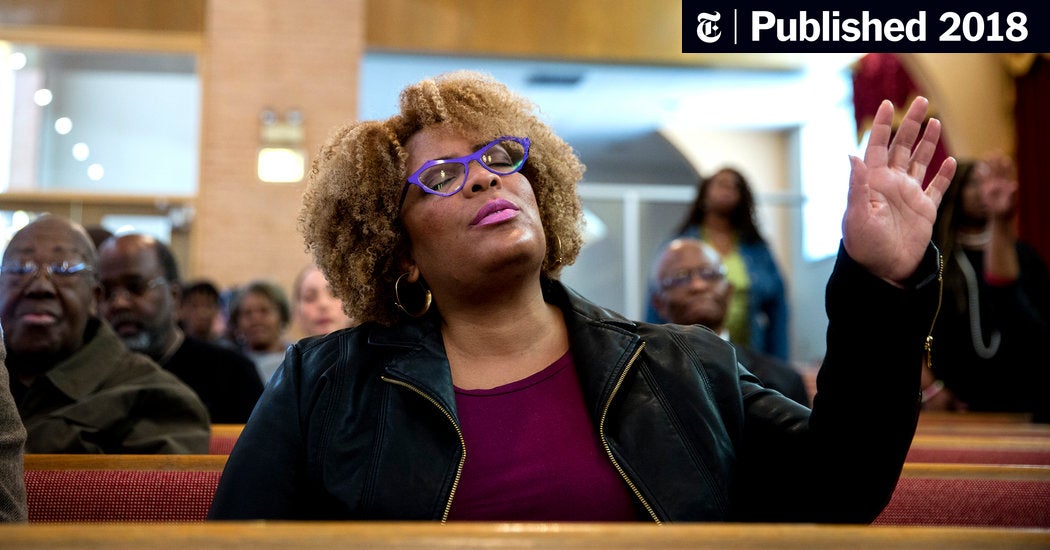- 10,459
- 8,935
- Joined
- Mar 4, 2011
2 black men on opposite sides of the struggle.
Follow along with the video below to see how to install our site as a web app on your home screen.

Note: this_feature_currently_requires_accessing_site_using_safari

2 black men on opposite sides of the struggle.



I know the history. You cannot seem to learn from it. You can keep throwing your sexy phrase at me all you want. But it still dont change the FACT that YOU are the one bitter about a period of time that YOU were not involved in. NOT me.








The general whiteness of the congregation is not something that every black worshiper dwells on anyway. To grow up black, said Carla McKissic Smith, who started going to Gateway in 2009, is to get used to being in the minority.
As the headlines of the outside world turned to police shootings and protest, little changed inside majority-white churches. Black congregants said that beyond the occasional vague prayer for healing a divided country, or a donation drive for law enforcement, they heard nothing.
Tamice Namae Spencer, who used to attend a mostly white church in Kansas City, said her fellow congregants did not seem to even know the name Trayvon Martin, the black teenager killed in Florida at the hands of George Zimmerman in 2012. And when Ms. Spencer brought up his death, she said white church members asked why she was being divisive.
“It’s not even on your radar and I can’t sleep over it,” she remembered thinking. “And now that I’m being vocal, you think I’ve changed.”
At Gateway, black worshipers would discreetly ask one another if they were the only ones who noticed that one could talk about seemingly anything but racism, a feeling one former congregant described as an out-of-body experience.
Jeremiah White, who is black, was so excited about Gateway when a friend brought him there years earlier that he insisted his parents come. Now a teenager, with his parents volunteering at the church for 12-hour days on weekends, Jeremiah had also begun to notice “the little details”: an associate pastor, trying to get the attention of a black man, jokingly referring to him as the one God left in the oven a little long; a youth leader suggesting Jeremiah must be new because he was black.

A Quiet Exodus: Why Black Worshipers Are Leaving White Evangelical Churches (Published 2018)
Megachurches around the country were trying to racially integrate and finding some success. Then came the 2016 election.www.nytimes.com